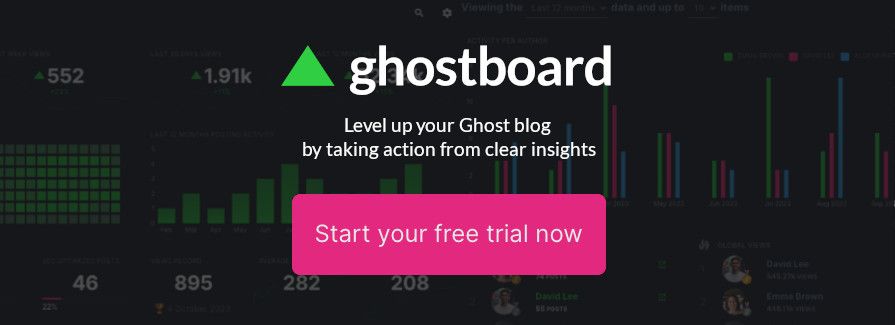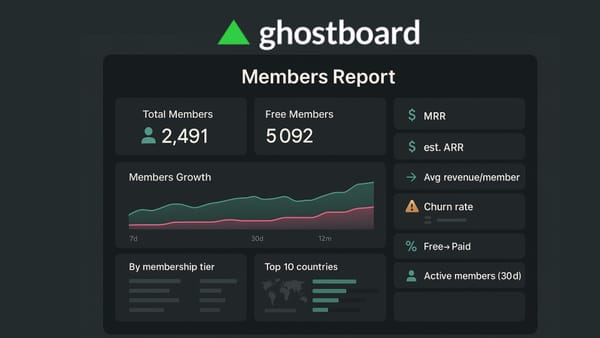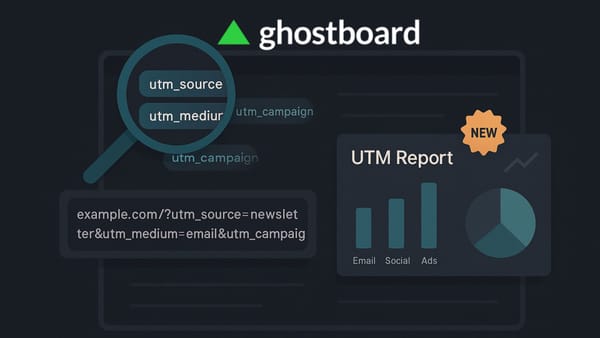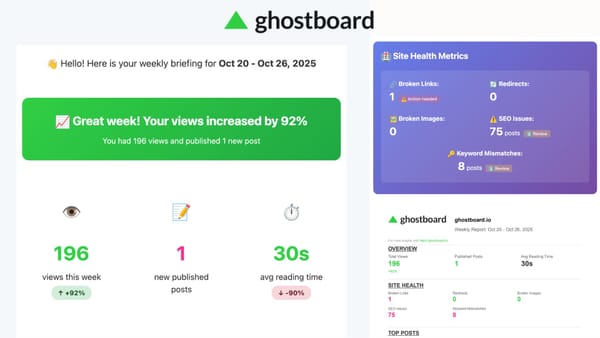5 Simple Ways to Use Alt Text for Better Image SEO
Boost your Ghost blog by making images SEO-friendly—no fuss, just results! 📸✨

If you're running a blog on Ghost, adding images can make your posts pop. But did you know that how you label those images can also help your site rank higher in search? That’s where alt text (alternative text) comes in.
In this post, you’ll discover 5 simple ways to use alt text for better image SEO. Clarity, short sentences, and a friendly tone—plus SEO smarts built right in. Ready to make your visuals work harder?
Why Alt Text Matters: A Quick Breakdown
Alt text is a hidden powerhouse—it helps both people and search engines:
- Accessibility: Screen readers use it to describe images to visually impaired readers.
- SEO juice: Search engines rely on alt text to understand what’s in your image.
- Better rankings: Relevant alt text helps your images appear in Google Image Search, driving extra traffic.
So adding thoughtful alt text isn’t just good practice—it’s smart marketing.
1. Keep It Descriptive and Simple
When writing alt text, be clear and to the point.
Good alt text example:
"blue succulent plant in white ceramic pot"
Not so good:
"cute plant"
The better version gives search engines and screen readers a clear picture of what’s happening in the image—without extra fluff.
2. Use Keywords Naturally (But Don’t Force It)
If your post is about “succulent care tips,” include that phrase in your alt text—but only if it fits naturally.
- Smart: “green succulent in pot for succulent care tips post”
- Forced: “succulent care tips succulent care tips photo”
Think: Describe, then optimize. Don’t keyword-stuff.
3. Be Specific About What’s in the Image
A little detail goes a long way.
- Instead of “chart,” try: “line chart showing monthly blog visits rising”
- Instead of “screenshot,” write: “Ghostboard dashboard screenshot with page views graph”
Adding context helps both humans and search engines understand why the image matters—and boosts relevance for your post topic.
4. Skip Alt Text When It’s Purely Decorative
Not every image needs alt text. If an image is purely for decoration—like a background pattern or divider—leave the alt attribute empty:
alt=""
That tells screen readers to skip it, keeping the experience clean for users and focusing your SEO value where it matters.
5. Add Context With Surrounding Text
Alt text doesn’t work in isolation. Use the caption, heading, or nearby text to reinforce what the image is about—and make your alt text even more powerful.
For example:
Caption: “Chart shows how engagement grew after adding keyword-optimized alt text.”
Alt text: “bar chart showing 50% increase in blog engagement”
Together, they tell the full story—helping both search engines and readers connect the content.
Quick Alt Text Guide for Ghost Bloggers
Here’s a simple checklist for each image you upload:
| Step | What to Do |
|---|---|
| 1 | Describe the image clearly and briefly |
| 2 | Blend in your keyword naturally (if it fits) |
| 3 | Use details that add context |
| 4 | Skip alt text for decorative images (use alt="") |
| 5 | Reinforce meaning with caption or nearby text |
SEO Best Practices for Alt Text and Ghost
To get the most from your alt text, pair it with these SEO-friendly habits:
- Filename matters: Name your image files with keywords (e.g.,
organic-coffee-beans.jpg). - Mobile optimization: Use responsive image sizes. Smaller files load faster, especially on mobile.
- Internal linking: Link to other posts using image anchor text with relevant keywords.
Before vs. After: Alt Text in Action
Before (bad alt text):
<img src="generic-image.jpg" alt="image">
After (good alt text):
<img src="ghost-dashboard-growth.png" alt="Ghostboard dashboard showing growth in visitor traffic">
Now both screen readers and search engines know exactly what they’re looking at—and why it matters.
Final Thoughts: Smart Alt Text = Smarter SEO
Alt text isn’t just code—it’s an SEO trick and a reader-friendly practice wrapped in one. By following these 5 simple strategies, you’ll:
- Describe images clearly
- Support your keywords without awkwardness
- Give context that matters
- Keep accessibility clean
- Boost SEO with smart captions and context
Let your visuals work harder—for your readers and for Google.
Level up your Ghost blog 🚀
Start your free trial now and explore all Ghostboard features for free. No credit card is required.






